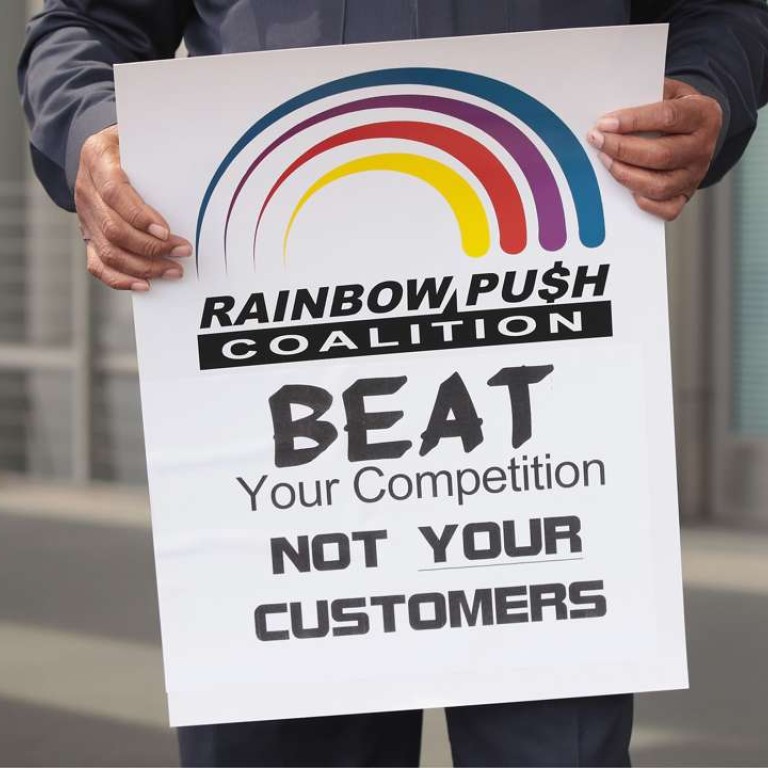
The airline industry: an eternal minefield for investors
United Airlines and Cathay Pacific bore the brunt of passenger and investor unrest in recent days, for different reasons. The industry ‘has eaten up capital over the past century like almost no other business’, says Warren Buffett
A flight attendant once told me that passengers today are called, “self-loading cargo”.
This took on a whole new meaning in recent days, as United Airlines attracted a tonne of the wrong kind of headlines after rather forcibly offloaded a passenger, causing more damage usually done to crates of cargo.
My recent column on Cathay Pacific unloaded such a level of emotional passenger truth, that I was labelled “vulgar”, “tasteless”, and “inaccurate.”
Funnily enough, passengers sent me pictures of what they described as tasteless Caesar salad being served on Cathay’s Marco Polo business class.
I am no expert on airline cuisine, but recent events at United and Cathay will help us understand what the airline business is really about.

Customer service is said to be important. But because you say that is important it doesn’t mean you have your customers’ best interests at heart. After all, shrinking seat sizes and adding seats in the economy section are not pleasant for passengers.
At the real heart of the airlines’ problems is profitable capacity.
Customer service is important, but it orbits around profits. After decades of problems, the US airlines through years of bankruptcy protection and restructuring have finally been able to develop the right model for their environment.
The US industry has been especially troubled for decades and offers key survival lessons.
At the 2013 Berkshire Hathaway annual meeting, Warren Buffett responded bluntly when asked a question about airline investing.
Investors have poured their money into airlines and airline manufacturers for 100 years with terrible results. It’s been a death trap for investors
“Investors have poured their money into airlines and airline manufacturers for 100 years with terrible results,” Buffett said according the TheStreet, the US financial news and services website. “It’s been a death trap for investors.”
Buffett’s negativity started in 1989, when he bought a $358 million stake in US Airways. The shares never significantly appreciated as the airline suffered with the rest of the industry.
The Sage of Omaha strongly repudiated airline investing, in a statement from a 2002 interview with The Telegraph, in the UK: “If a capitalist had been present at Kitty Hawk back in the early 1900s, he should have shot Orville Wright. He would have saved his progeny money,” said Buffett.
“But, seriously, the airline business has been extraordinary. It has eaten up capital over the past century like almost no other business because people seem to keep coming back to it and putting fresh money in.”
He emphasised, “You’ve got huge fixed costs, you’ve got strong labour unions and you’ve got commodity pricing. That is not a great recipe for success.”

But, in 2017, according to regulatory filings, Buffet made $8 billion in investments in Delta Airlines, American Airlines and Southwest Airlines. Quite an about-face – but then good investors know when to turn their positions around.
Since 1989, mergers compelled by bankruptcy and inefficiency have altered the airline industry’s operational structure. This includes the 2010 merger between United and Continental, to create United Continental Holdings.
Southwest struggled through its integration of AirTran Airways. At the same time, American and US Airways created a massive $11 billion merger in 2013, to form the largest airline in the world.
The following year, the four largest carriers in the US were still in the middle of the risky process of merging and combining different corporate cultures, operations, labour agreements, and infrastructure.
According to airline analysts, since 1989, the US industry has consolidated, reduced capacity and has been able to stabilise pricing.
According to a Wall Street Journal report, United boots off passengers in Chicago to make room for crew members so it wouldn’t have to cancel a flight the next day.
This is a smart business move, but not good for customers. But these are choices they face everyday to make every route profitable.
The market certainly hasn’t punished United Continental as it trades at almost a five-year high at 10 times PE, which is at the high end of its industry range.
Cathay Pacific faces even more difficult problems. China’s airline industry is expanding with more airports and flights being added to snare travellers who demand cheap fares.
Managing passenger expectations to a different, but profitable standard is the great challenge.

